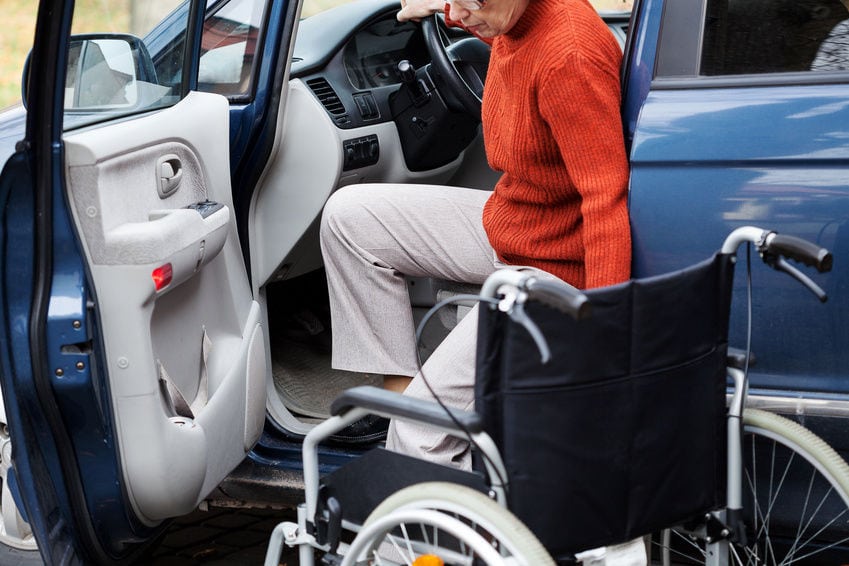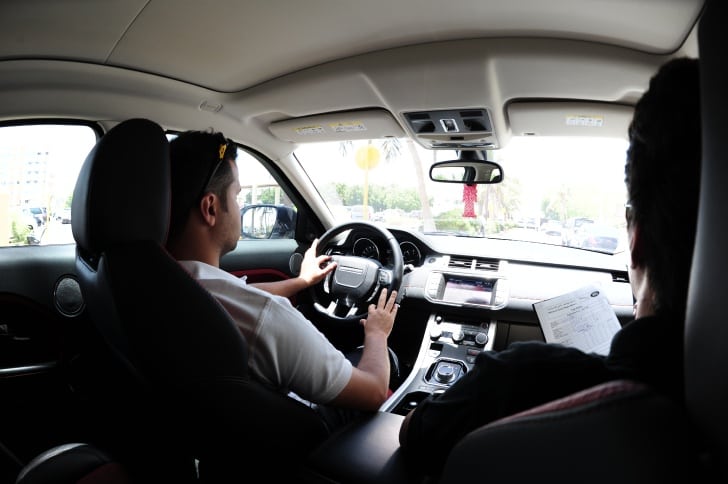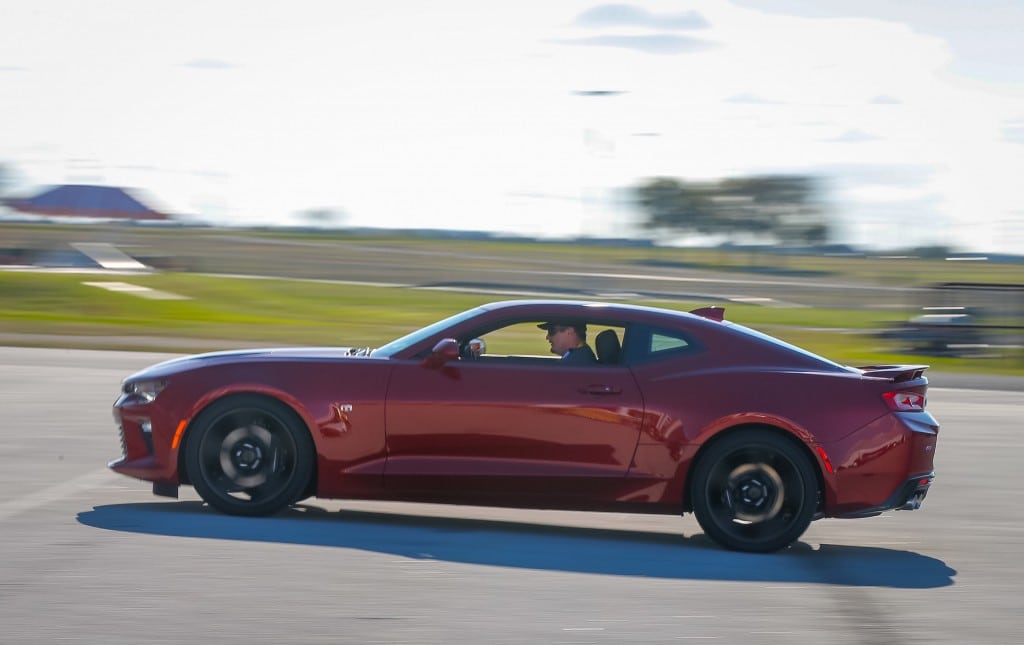The last thing anyone wants to deal with is a broken bone, but life happens and occasionally we may find ourselves in a cast, splint, sling or brace while our bones repair themselves. Unfortunately, most of us can’t afford to stop driving or hire drivers to get us to and from work for the weeks it takes for a broken bone to heal. Can you still drive your car with a broken foot, or should you be carpooling until you’re out of your cast?
First, Which Foot Did You Break?
If you’ve suffered a fracture in your left foot, you don’t have to worry about driving too much unless your car has a manual transmission. Automatic drivers don’t have to worry about using their left foot to press the clutch pedal.
If your right foot is broken, you’re in for a lengthy and likely drive-free recovery. We’ll go more into this in a moment.
When Should You See a Doctor?
Even if your foot isn’t broken, foot pain can make driving more difficult or even more dangerous. The average person takes between 8,000 and 10,000 steps every single day — giving you 8,000 to 10,000 opportunities to injure your feet, and just as many opportunities to turn a small injury into a large one that requires medical treatment.
If you’re experiencing foot pain and it doesn’t get better when you treat it at home with ice, rest or over-the-counter anti-inflammatory medications like Motrin, it’s time to see a doctor.
Getting Cleared to Drive
If you’ve been diagnosed with a foot injury, the first thing you’re probably asking your doctor is when you can drive again. Unfortunately, doctors and surgeons can’t clear you to drive. They can educate you on the best way to drive safely after your recovery, but they can’t outright say, “OK, go ahead and drive,” because they’re liable if you get into an accident after they give you permission.
The reason behind this caution isn’t just surgeons protecting themselves — there is science behind it. A study found if you’re driving 60 miles per hour and wearing the type of ankle control immobilization boot that’s common after foot surgery, it can take you an additional 9.2 feet to come to a complete stop during emergency braking. Even a short cast adds 6.1 feet to your braking time at the same speeds.
It doesn’t seem like much, but six to 10 feet can mean the difference between getting into an accident and avoiding one.
The rule of thumb is that if your foot is immobilized in any way, or you experience pain while you move, you’re not ready to drive. Try slamming your foot on the brake pedal, as you’d do in an emergency braking situation. If you can’t do that without pain, stick to ridesharing or public transportation.
Even if you feel like you can drive safely, if you’re wearing anything that’s designed to immobilize your foot and ankle, you are at a higher risk for getting into a car accident and should avoid driving until your injured foot is no longer immobilized.










